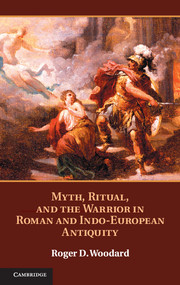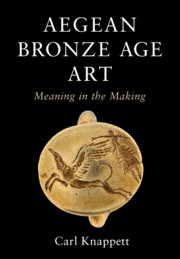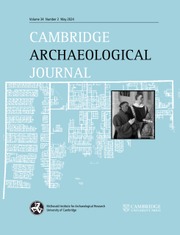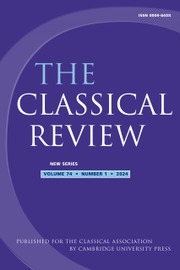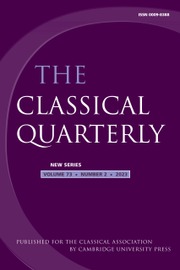Myth, Ritual, and Society in Mycenaean Anatolia
Despite the Mycenaean Linear B script having been deciphered some seventy years ago, much has remained uncertain regarding the ritual ideology of Mycenaean society that the Linear B documents reveal. Roger Woodard here explores this problem by investigating a new range of sources from the Late Bronze Age and Early Iron Age, together with processes of the transfer of knowledge between Anatolia and European Hellas. Bringing together evidence from Mycenaean culture with mythic and cult traditions of Iron Age Greek culture and Indo-Iranian sources, he reveals the close parallels between Mycenaean and Vedic ritual structures and practices, these being particular expressions of Mycenaean Asianism. He also demonstrates how features inspired from Indo-Iranian sources are present in Aeolian Greek epic traditions that emerged during the Iron Age, notably the Argonautic search for the Golden fleece.
- Provides examples of inter-disciplinary and multi-disciplinary approaches to the study of Mycenaean and Early-Iron-Age Greek language, myth, society, and culture
- Provides examples of inter-disciplinary approaches to the study of Indic and Iranian cult as it existed along the frontiers of Anatolia and its influence on Mycenaean Greek mythic thinking within Anatolia
- Makes the arguments and findings accessible to specialist and non-specialist readers alike
Product details
July 2025Hardback
9781009424516
290 pages
228 × 152 mm
Not yet published - available from July 2025
Table of Contents
- Introduction
- 1. A Mycenaean ritual and its cult language
- 2. Mycenaean and Vedic sacrificial posts
- 3. Mycenaean leaders in the context of Indo-European and Indo-Iranian society and ritual
- 4. Potnia of the labyrinth, initiation of the King, and the triple sacrifice
- 5. Mitannian and Anatolian triads
- 6. Nart saga, Indo-Iranian twins, and Dioscurias
- 7. Golden fleeces
- Conclusion
- Bibliography.



